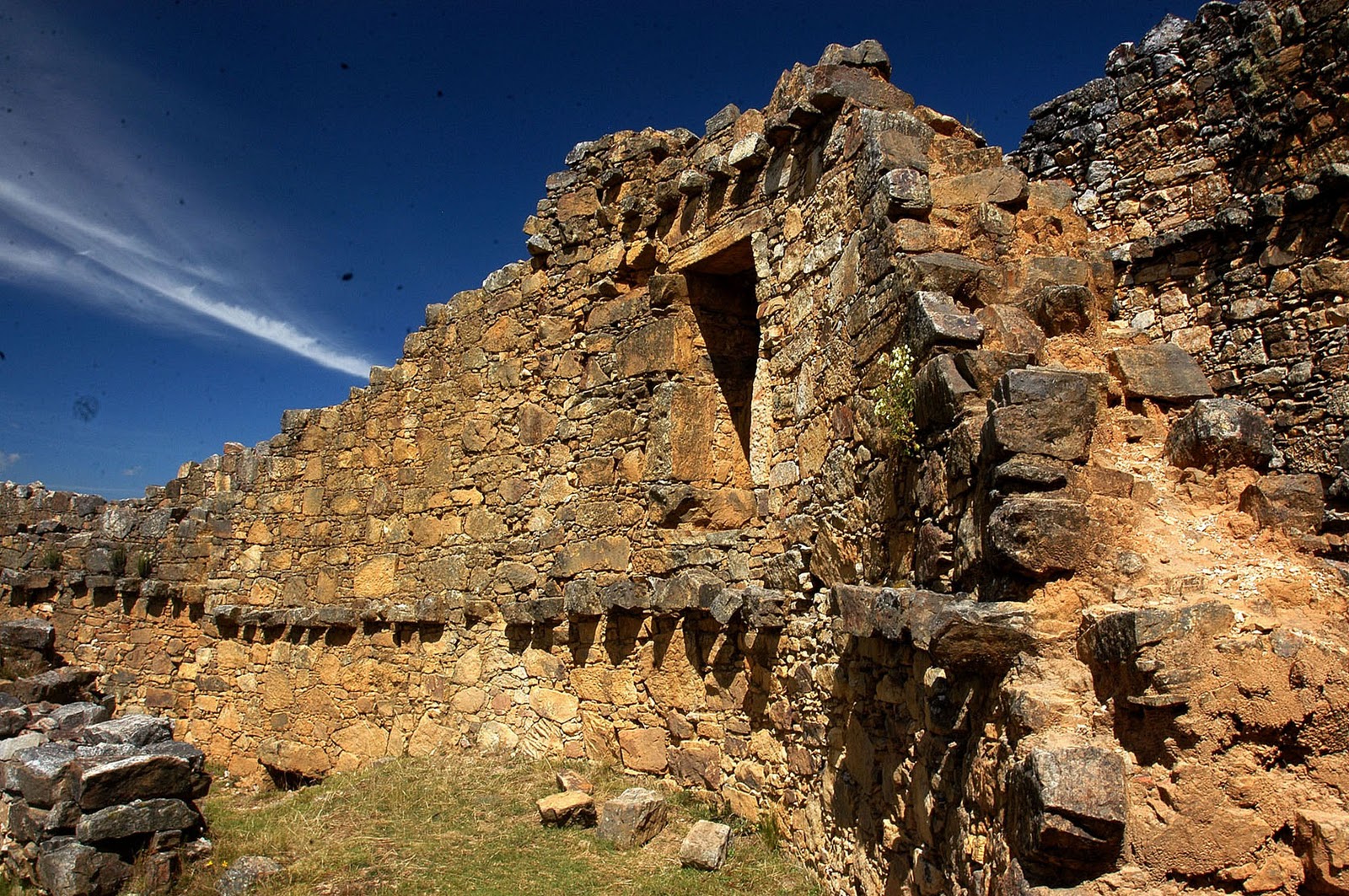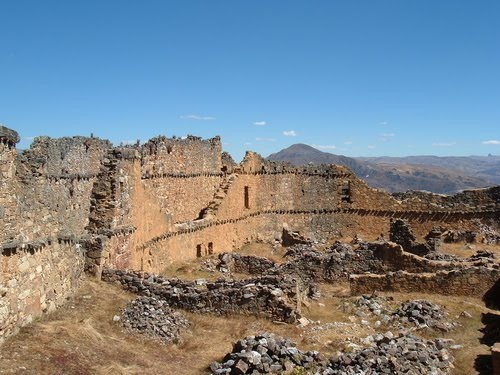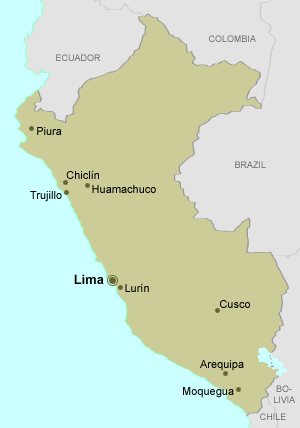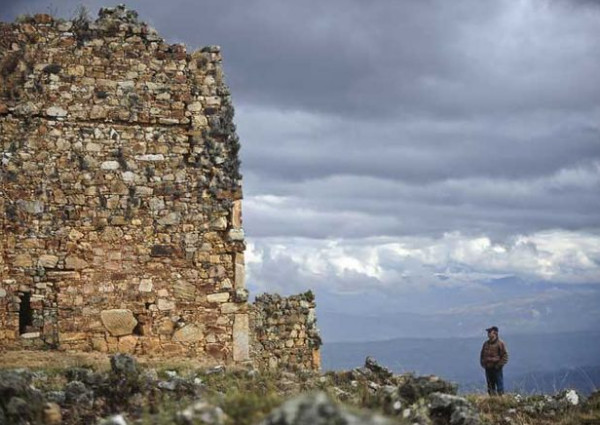New Peruvian Site Rivals Machu Picchu
posted on November 30th, 2011 in Andes Mountains, Archaeology, Northern Kingdoms of Peru, Peru, Recent Discoveries
Marcahuamachuco: the next Machu Picchu?
Agence France-Presse
Nov 27, 2011
Lima, Peru – Marcahuamachuco, an enigmatic 1,600-year-old archeological complex built from stone in the northern Peruvian Andes, is emerging bit by bit from oblivion and could become a beacon of tourism on the scale of Machu Picchu.
Spread over 590 acres (240 hectares) on a plateau more than 12,000 feet (3,700 meters) high in the mountains, the pre-Incan site embodies all the evils that have befallen Peru’s archeological treasures.
Though still full of mysteries — who lived here, and why, is unknown — the complex has been plundered of artifacts that might help unlock its secrets, and has long been subjected to the depredations of nature.
But it’s still there, groups of sometimes monumental stone building, massive rounded walls that rise 10 to 15 meters (yards), galleries, a rectangular plaza and dwellings, and an urban religious center with a sanctuary.
“All of it walled in, a fortress of stone on a plateau to defend against invasion,” said Cristian Vizconde, the government’s chief archeologist.
Marcahuamachuco — in Quechua, “the people of the men with hawklike headdresses” — has been studied by archeologists since 1900. Parts of the site are still buried under centuries of accumulated earth, masking its true dimensions. But its splendor was revealed anew in October 2010 when brush was cleared away as part of a major preservation effort by the government in partnership with the Global Heritage Fund, a non-profit whose mission is to protect endangered world cultural heritage sites.
The fund is providing scientific help to study, preserve and make Marcahuamachuco — long overshadowed by the far more celebrated Machu Picchu more than 1,000 kilometers (600 miles) away — ready for sustainable tourism. The goal is to get it registered as a world heritage site by Unesco.
“It is the most important pre-Inca center in the Andes, with its own language, culture (which lasted until the 20th century), with its own gods and buildings unlike any seen in Peruvian archeological sites,” he said. Even so, the complex remains shrouded in mystery.
“We don’t know what culture Marcahuamachuco belonged to. We do know that the stone structures, with walls 10 to 15 meters (yards) high, were built between 350 and 400 AD but we don’t know when its inhabitants arrived or where they came from,” said Vizconde.
Canadians John Topic and Theresa Lange-Topic, who have studied the complex, believe its last inhabitants left around the 13th century and that when the Incas arrived two centuries later they found only shepherds among the ruins.
“It’s not known why they went, possibly because of an epidemic, but it’s all a mystery that remains to be solved,” said Vizconde.
Archeologists hope to find clues in burial sites found behind thick walls in an area of the complex called the Castle where priests or nobles may have been buried.
“Those places have been sacked but the few human remains that were left will be analyzed with the help of GHF,” Vizconde said, adding that another possible cemetery was found recently and could give up more secrets.
Julio Vargas, a GHF expert on archeological structures, said he was impressed by the size of the buildings and the mortar work used to join stones in a way that has endured centuries of rain, wind and abandonment.
“What strikes me is the incredible transparence of the ensemble: it was very open, as if it were a public message, built to impress, to show the power of a dynasty, I would imagine,” said John Hurd, a GHF advisor.
Hurd said the site is so imposing that it could “break the dependence of the tourism industry on Machu Picchu.”
Tourism could bring work and respect for the ancient ruins in an area where more than 300 other archeological sites are endangered by informal gold mining.
Luis Alberto Rebaza, the mayor of Huamachuco province, which has 150,000 people, calls the site’s tourism potential “the great opportunity of my people.”




